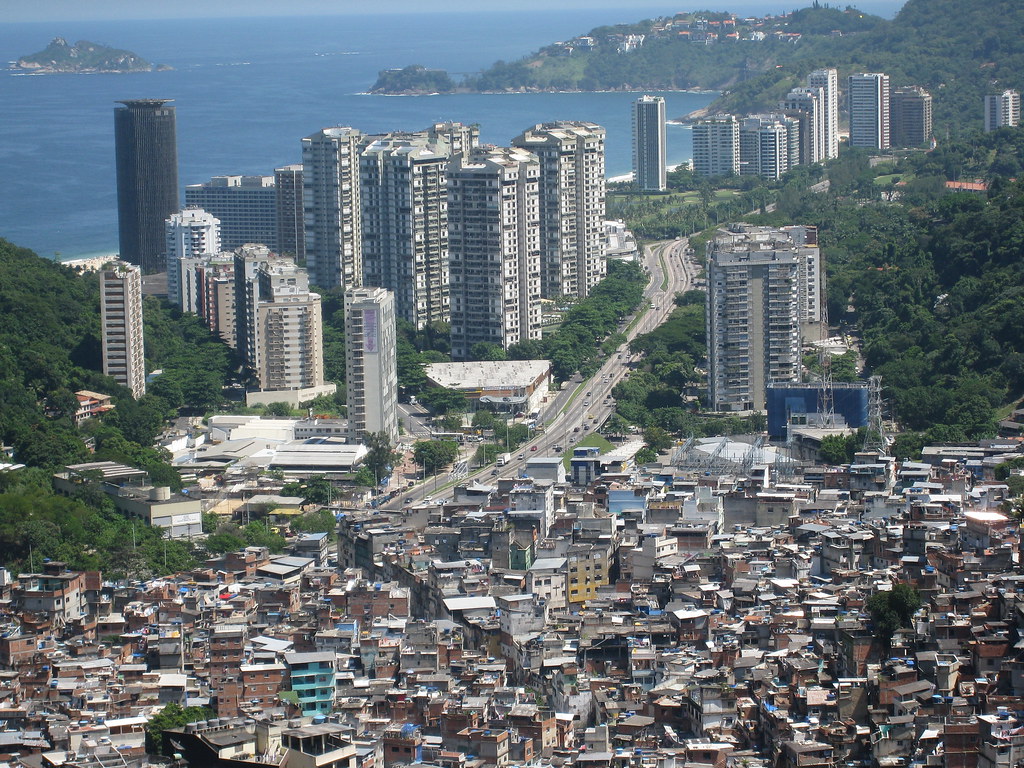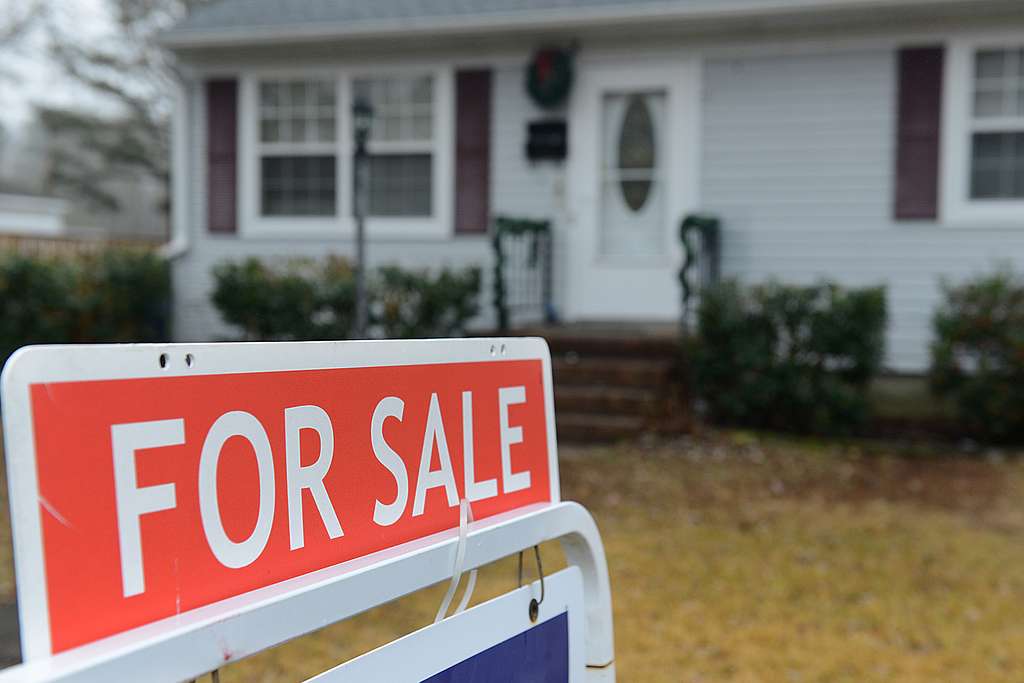With mortgages north of 7%, rents on the rise, and abuse of the unhoused growing more socially acceptable, what’s the best endgame for the housing crisis?
It should go without saying, but everybody needs shelter. It’s one of those things that humans depend on for life, much like we need sufficient and nutritious food, ample water, a way to regulate body temperature so we don’t bake or freeze to death, meaningful ways to spend our time, and, ideally, the support of family, friends, and community around us. Unfortunately, we haven’t organized our society in such a way as to guarantee that everyone can access what they need to live. As the housing crisis unfolding around us makes abundantly clear, almost all of life’s necessities have been put behind paywalls in our culture. It doesn’t always work too well that way, does it?
Like so many economic snarls lately, this one originates in the COVID pandemic.
While ordinary working people scrambled to pay the bills even after mild stimulus checks, plenty of people saved up instead of going out. When economies reopened despite the ongoing pandemic, global shipping tied itself into a knot so there was more money chasing fewer goods. That led to a rise in prices as sellers raked in record profits. To force a reduction in prices, the Federal Reserve raised interest rates; if borrowing is more expensive, fewer people will buy things. Less money in circulation means the market won’t bear such high prices, and they’ll come down (hypothetically, at least).
For years, interest rates had been kept low, in the hope that increased spending would kickstart the economy. However, raising interest rates to smash inflation meant that mortgages got way more expensive, up to a 21-year high of 7.09%, more than double the rate of recent years.
Individuals and families of ordinary means tend to seek mortgages when buying a home, but those with thick wallets can pay cash, often a more appealing offer for sellers as well. This is why a lot of homes are snapped up so quickly as investment properties in an uncertain economy. Home prices are on the rise, and there’s a housing crisis unfolding among those who simply need a place to live.
Higher mortgage rates are also a disincentive for people who already own their home to move and get a new, more expensive loan. Fewer existing homes on the market mean more buyers are turning to new construction, which is typically more expensive. More demand means builders are able to jack up the cost, too, exactly what high interest rates are supposed to discourage.
When even “inexpensive” fixer-uppers, price-conscious compact units and traditional starter homes are out of reach, it’s no wonder that cash-poor millennials and zoomers, both here and across the pond, are giving up on buying any property at all for the foreseeable future.
Higher prices are also making it worse for the most common alternative, renting.
Rising rents, and evictions for those who can’t keep up, are inspiring local governments across the country to consider rent control. As Gary Blasi, a Los Angeles-based housing rights advocate and public interest lawyer told USA Today, “The difference between housing and food is you can eat less, but with housing, at some point you’ll be homeless. The market says you can have all the housing you can afford. And if you can’t afford any, then you’re on the street.”
In Seattle, rents rose 90% between 2010 and 2020, but when the city council considered capping rent increases to the annual rate of inflation, the lamentations and tooth gnashing of the local landlords got the measure voted down. In cities with rent control ordinances in place, however, residents have said that securing affordable housing gave them more opportunities to improve their lives and provide for their kids, rather than handing a third or more of their income over to landlords, to whom the equity accrues. If the housing crisis is merely an affordability squeeze, rent caps would go a long way toward solving the problem and increasing the quality of life for everyday Americans. Is that not what we elect people to do?
Opposition to rent control, however, is steep. Critics claim that limiting what landlords can charge, even allowing for inflation, disincentivizes them from investing in more housing for more people. Further, building owners may decide to sell outright, converting rental units to condos and getting out of the game altogether. Instead, they say, the key to opening the floodgate of housing is to allow the market to price people out of it until the pent-up demand for more housing inspires other developers to swoop in and construct more housing, which they can then leverage for profit. Landlords also say that without raising the rent, they can’t afford to maintain buildings or rent to more marginal tenants. They would prefer that cities subsidize rental units for low-income residents rather than limiting what can be charged for them, because of course they would.
What happens, then, when people who can’t afford to rent are priced out of shelter?
Many turn to residential motels and transitional housing to avoid or escape homelessness. (Relatively) permanent, supportive housing combines subsidized rents with social services such as therapists and nurses that help them get to a more stable place, both personally and structurally. In downtown Los Angeles, the historic Cecil Hotel converted to transitional housing for the recently homeless in 2021, but struggles (or fails) to provide the support required for such a model. It costs money to subsidize housing, a hard sell when supply-side advocates say additional taxes, especially on residential property, are driving the housing crisis and the emptying of cities like Los Angeles for low-tax “red” states that cost less but provide fewer services for people who need them.

Low-end housing can also draw ire from community residents who don’t want to live near what they perceive to be a danger or a drain on property values (i.e., would make the neighborhood more affordable, perhaps indirectly reducing the need for the very housing they protest against).
That leaves the street.
In recent years, unhoused people have joined immigrants, Muslims, Black and brown Americans, and the LGBTQ+ population in the “less than” column, people against whom discrimination and violence are increasingly socially acceptable, at least in certain ideological circles. While there’s been some level of “othering” against those living outside since housing prices exploded in the late 1970s and 1980s, it’s been metastasizing as part of the USA’s intensifying political polarization. Encouraging people to kick downward at the less powerful not only makes them feel better about their own increasing desperation (“there but for the grace of God go I”), it also conveniently distracts people from kicking upward at those more likely to be responsible for much of our national trauma.
Such feelings may underlie flaring tensions between those who would prefer supportive and/or public housing options (or at least a ban on dispersing homeless encampments where no other shelter options exist) and those who would prefer a more direct, police- and violence-based approach to dispersing people who have nowhere else to go. However, eventually people have to exist somewhere, eat something, and sleep, even if they are inconvenient for others around them. Writ large, the likely end point of the housing crisis lies either in blunt force, an economic “correction,” something akin to Brazil’s favelas (where marginalized people build illegal yet vibrant communities), or a collective effort to minimize the paywall that rations shelter by cost, as if it were truly an optional consumer product instead of something we all need.
Related: Landlords and the Best of Intentions


Join the conversation!